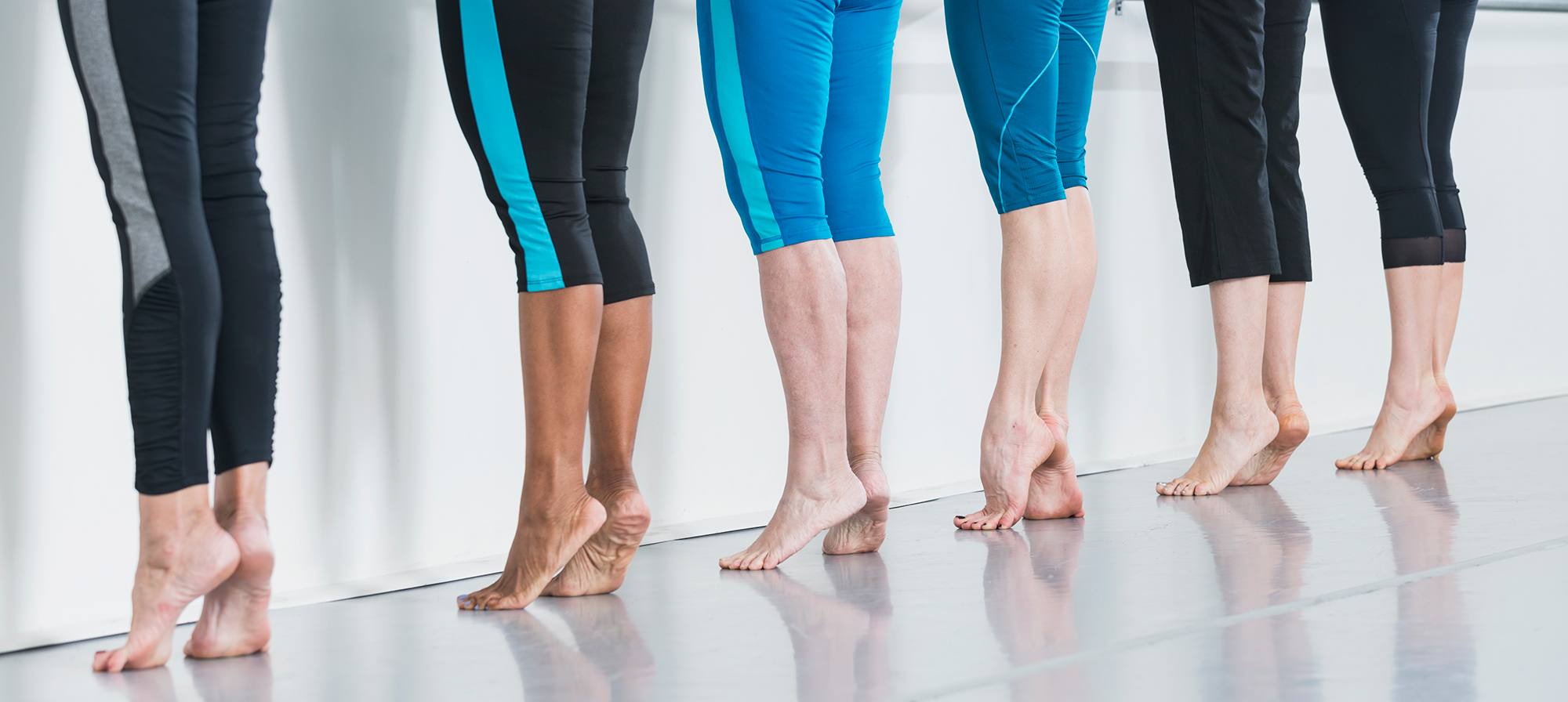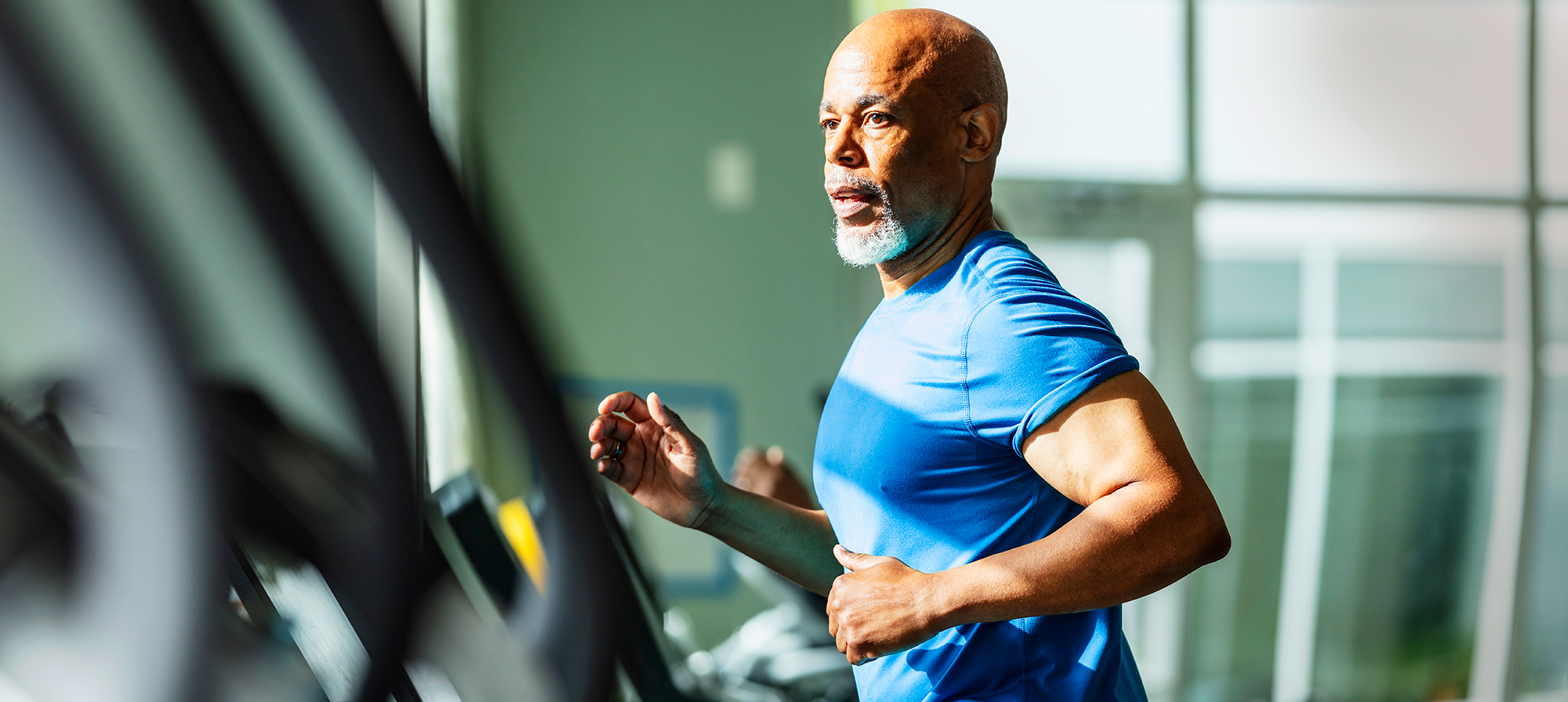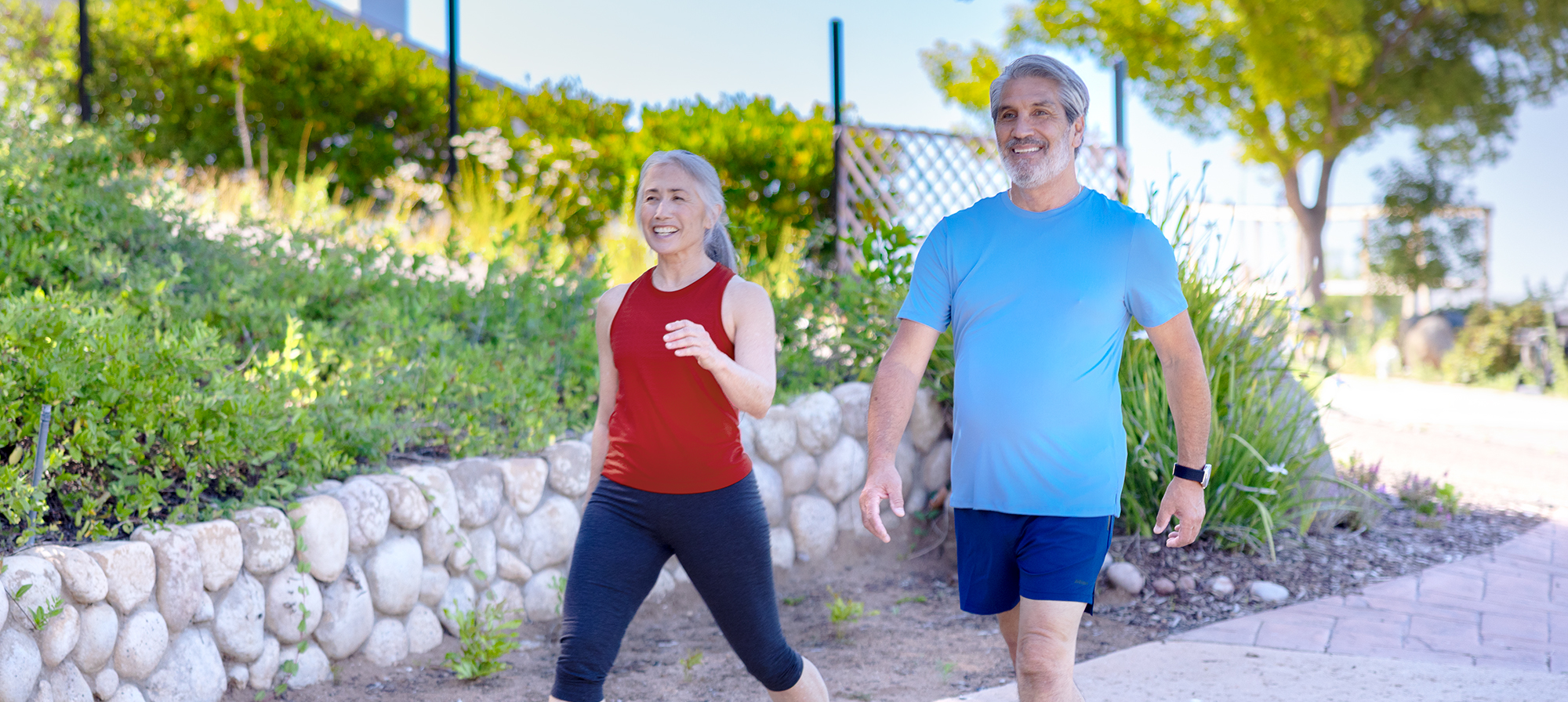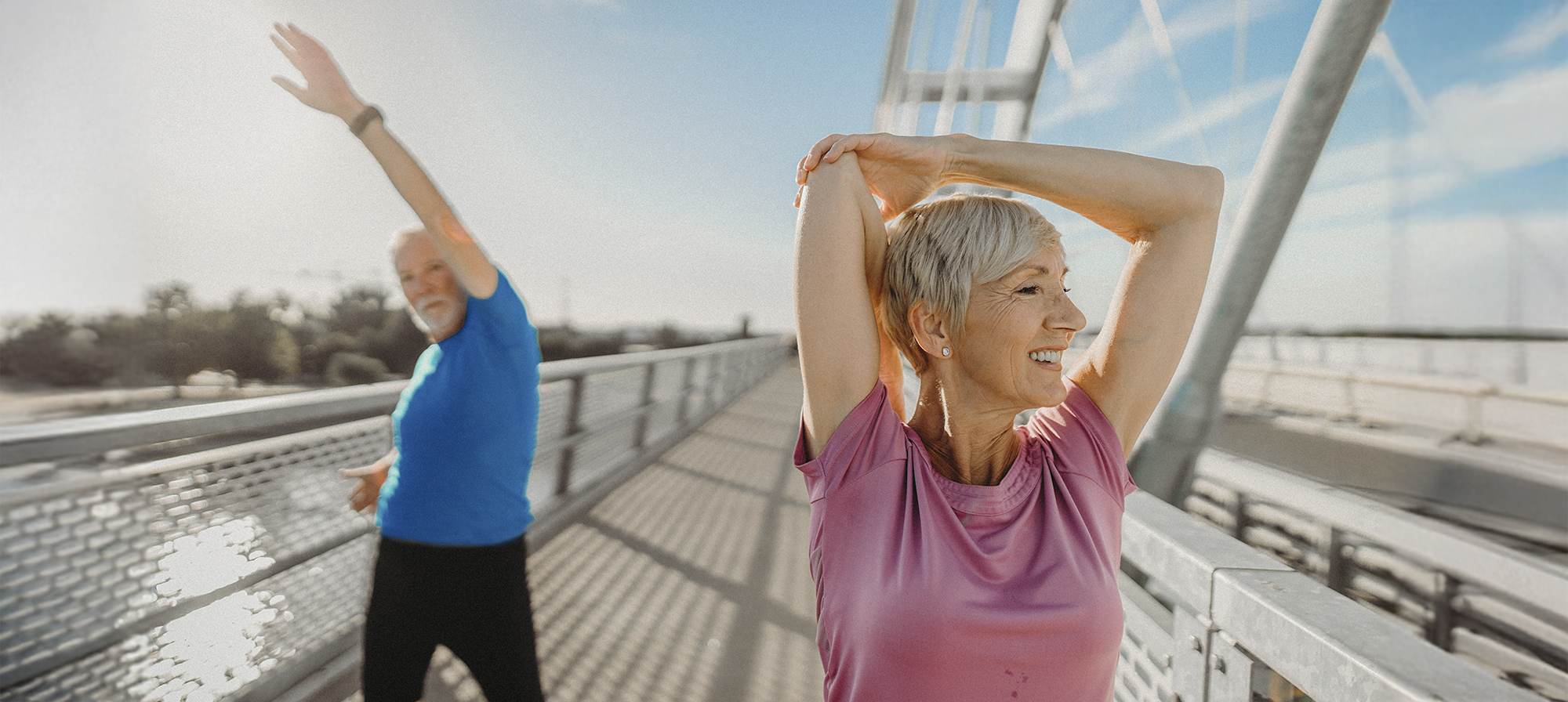With all the tasks your feet and ankles do, it’s important to keep them strong and flexible. But these unsung heroes don’t always get the fitness attention they need.
Take a moment and think about your feet and ankles and all the work they do. They support the weight of your entire body. They play a big role in helping you stay upright and balanced. They allow you to walk, run, cycle, dance, climb stairs, play sports, and do every other weight-bearing activity safely and effectively. They even work the pedals in your car.
You can help your feet and ankles by making sure you regularly include your lower legs as part of your fitness routine. Doing so offers a range of health and fitness benefits, such as:
- Reducing the risk of foot and ankle injuries. Strong, flexible feet and ankles help protect you against sprains and strains.
- Easing pain and stiffness. The muscles in your feet and lower legs can tighten up just like the muscles in other parts of your body do. Stretching and strengthening can help with this.
- Lowering your risk for falls. Strength and flexibility training may lower your risk of falling by improving your balance and stability, gait, and agility.
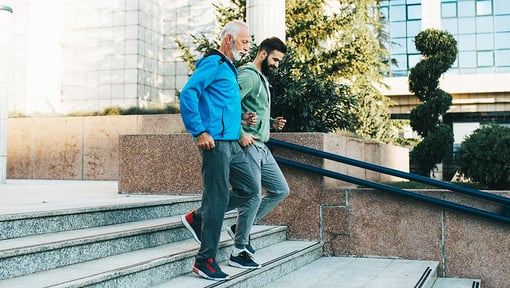
Why both strength and flexibility training are vital for your feet and ankles
- Flexibility training. Your feet and ankles can become stiff and achy. Stretching exercises may help alleviate this. Flexibility training may help increase mobility in your ankles and all the joints in your feet, including your toe joints. Having limber feet can aid your balance.
- Strength training. Strong muscles can help support the joints in your feet and ankles. They help keep you steady on your feet, and they help support your body weight.
Two full-body workouts with a focus on feet and ankles
If you’re looking for an integrative approach, these 2 types of training can help boost overall fitness with a focus on your feet and ankles:
- Walking. It may be basic, but walking is a great “whole foot” exercise because it takes your foot through its full range of motion with every step. And, because your feet are supporting your entire body as you walk, the muscles of your feet and legs get a great workout.
- Ballet or Barre classes. Classical ballet is a fun, creative workout that also focuses on foot and ankle strength, flexibility, and agility. Barre is a blend of ballet, Pilates, and yoga that also includes a lot of foot and ankle exercises.
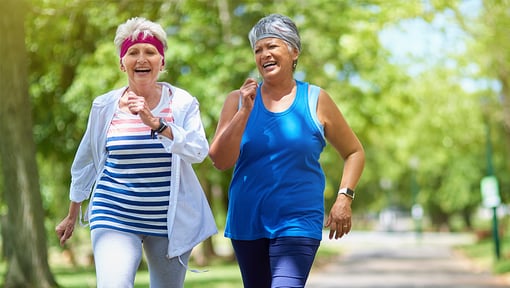
Tailor your own foot and ankle workout at home
You can also create a workout routine just for your feet and ankles. Keep in mind that the foot has its own set of short muscles (intrinsic muscles ) that move the joints of the feet. But some of the muscles that move the joints of your feet and ankles start in your lower legs and attach to the bones in your ankle joints and feet.
Addressing all of these muscles in your strength and flexibility routine is key for effectively boosting your foot and ankle fitness.
The links below will take you through a series of videos with strength and flexibility training you can include in your foot and ankle workouts.
These exercises are best done in bare feet. You can do all exercises in one session, 3 times per week, or you can combine them in various ways to create a few mini-workouts.
- Ankle alphabet. This exercise can help increase range of motion in the foot and ankle while also strengthening your muscles. You can use a pillow (or two) and a yoga mat for this exercise if you like. Run through the alphabet using capital letters 2 times and then try doing lower case letters 2 times.
- Towel gather. This exercise helps strengthen the muscles on the bottom of your foot, which in turn helps support your arches. You will need a hand towel and chair for this exercise. A slippery floor helps as well. Gather the towel up 5 times.
- Ankle eversion. This exercise helps build strength in the fibularis muscles that run along the side of your calf and then cross your ankle to attach to the bones of your foot. You will need a towel and a chair for this exercise. A slippery floor helps here as well. Do 10 reps of this motion for 3 sets.
- Ankle inversion. This exercise is essentially the reverse of the ankle eversion above. But this one works the anterior and posterior tibialis muscles that run along the front of your shinbone, cross your ankle, and wrap under your arch to attach to the bottom of your feet. You will need a towel and a chair for this exercise. A slippery floor helps here as well. Do 10 reps of this motion for 3 sets.
- Toe raise. This exercise builds strength in the muscles of the back of the calf, which attach to the Achilles tendon. There are smaller muscles that help do this motion as well, which cross the ankle joint and attach to bones in your foot. Think about standing on your tiptoes to reach for something on a shelf. This exercise can make this movement easier and keep your feet stable while you do it. You might need to hold onto a stable chair for balance. Do 3 sets of 10 reps to start and work your way up to 3 sets of 30 reps. You can also try doing it on a single leg.
- Reverse toe raise. This exercise helps work the muscles that flex your foot up. These muscles start on the bones of the lower leg and attach to bones in the foot. Do 3 sets of 10 reps to start and work up to 3 sets of 30 reps. You can alternate feet if you like.
- Foot yoga. This exercise helps strengthen the muscles along the bottom and top of your feet. This helps strengthen the muscles of the arch of your foot and can increase stability. This exercise can be done on a wood or other hard floor or on a yoga mat. Do this 3 times for 30 seconds each time.
- Calf (gastroc) stretch. This exercise lengthens the gastrocnemius muscle along the back of your calf, which starts above the back of the knee and crosses the ankle (as your Achilles tendon) and attaches to the top of your heel bone. You will need a wall or stable chair for this exercise. Hold your stretch for 30 seconds and repeat 3 times. Repeat on the other leg. If you are barefoot, roll a sock or washcloth and place under your arch during the stretches.
- Calf (soleus) stretch. This exercise lengthens the soleus muscle along the back of your calf and merges with the gastrocnemius muscle and Achilles tendon, which attaches to the top of your heel. You will need a wall or stable chair for this exercise. Hold your stretch for 30 seconds and repeat 3 times. Repeat on the other leg. If you are barefoot, roll a sock or washcloth and place under your arch during the stretches.
If you can’t do the number of sets or reps described above, just do what you can and increase as you can to reach the sets and reps listed. Try to do your foot and ankle training 2 to 3 days per week.
If you have foot or ankle pain due to arthritis or other foot or ankle conditions—or pain from surgery—strength and flexibility training can help ease that pain. If you are recovering from a foot or ankle injury or surgery, your physical therapist will likely start you on an exercise program tailored to support your recovery. But you can do many of these exercises on a regular basis to keep your feet and ankles fit, strong, and mobile.
It can be easy to take your feet and ankles for granted. In fact, you don’t see many exercises or fitness classes devoted to them. But don’t forget the important role these weight-bearing workhorses play each day of your life. Strong and healthy feet and ankles can help you maintain mobility and balance. And that can go a long way toward helping you stay independent in later years.
Not a Silver&Fit® member? Learn more about everything the program has to offer, including 2,000+ more instructional videos like these, here on our website.
This information is not intended to take the place of regular medical care or advice. Please check with your doctor before using this information or beginning any self-care program. Images used for this article do not depict any members of the Silver&Fit Program.
References
American Academy of Orthopaedic Surgeons. (2022, December). Foot and ankle conditioning program. https://orthoinfo.aaos.org/en/recovery/foot-and-ankle-conditioning-program/
American Council on Exercise. (2025). Like barefoot, only better? https://www.acefitness.org/certifiednewsarticle/1641/like-barefoot-only-better/?srsltid=AfmBOop4TwtaGLsyr8QJBGiw7fJvcX5ci9no8Nvmsm312Zn8VAfK3lBm
Crockford, J. (2015, October 5).Strengthen your ankles with these 4 stability and mobility exercises. American Council on Exercise. https://www.acefitness.org/resources/pros/expert-articles/5678/strengthen-your-ankles-with-these-4-stability-and-mobility-exercises/
Harvard Health Publishing. (2012, July 3). Exercises for healthy feet. https://www.health.harvard.edu/healthbeat/exercises-for-healthy-feet
Schwenk, M., Jordan, E. D., Honarvararaghi, B., Mohler, J., Armstrong, D. G., & Najafi, B. (2013, November-December). Effectiveness of foot and ankle exercise programs on reducing the risk of falling in older adults: A systematic review and meta-analysis of randomized controlled trials. Journal of the American Podiatric Medical Association. 103(6), 534-547. https://doi.org/10.7547/1030534
Splichal, E. (2018, April 5). How strong is your foot’s core? American Council on Exercise. https://www.acefitness.org/resources/pros/expert-articles/6997/how-strong-is-your-foot-s-core/
Sulowska-Daszyk, I., Mika, A., Oleksy, L. (2020, September 3). Impact of short foot muscle exercises on quality of movement and flexibility in amateur runners. International Journal of Environmental Research and Public Health, 17(18), 6534. https://doi.org/10.3390/ijerph17186534
This article was written by Gail Olson, edited by Jason Nielsen, and clinically reviewed by Jaynie Bjornaraa, PhD, MPH, PT, LAT, ATC, CSCS, CSPS, on June 5, 2025.
